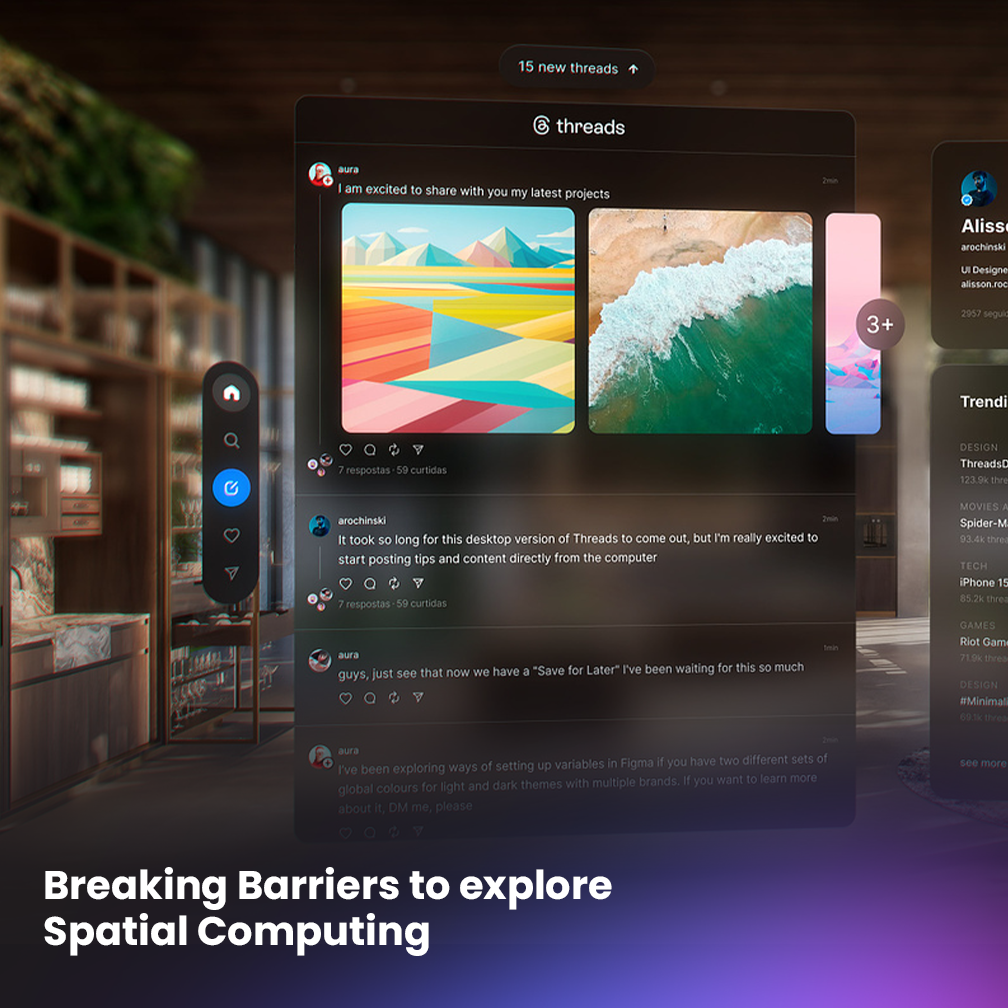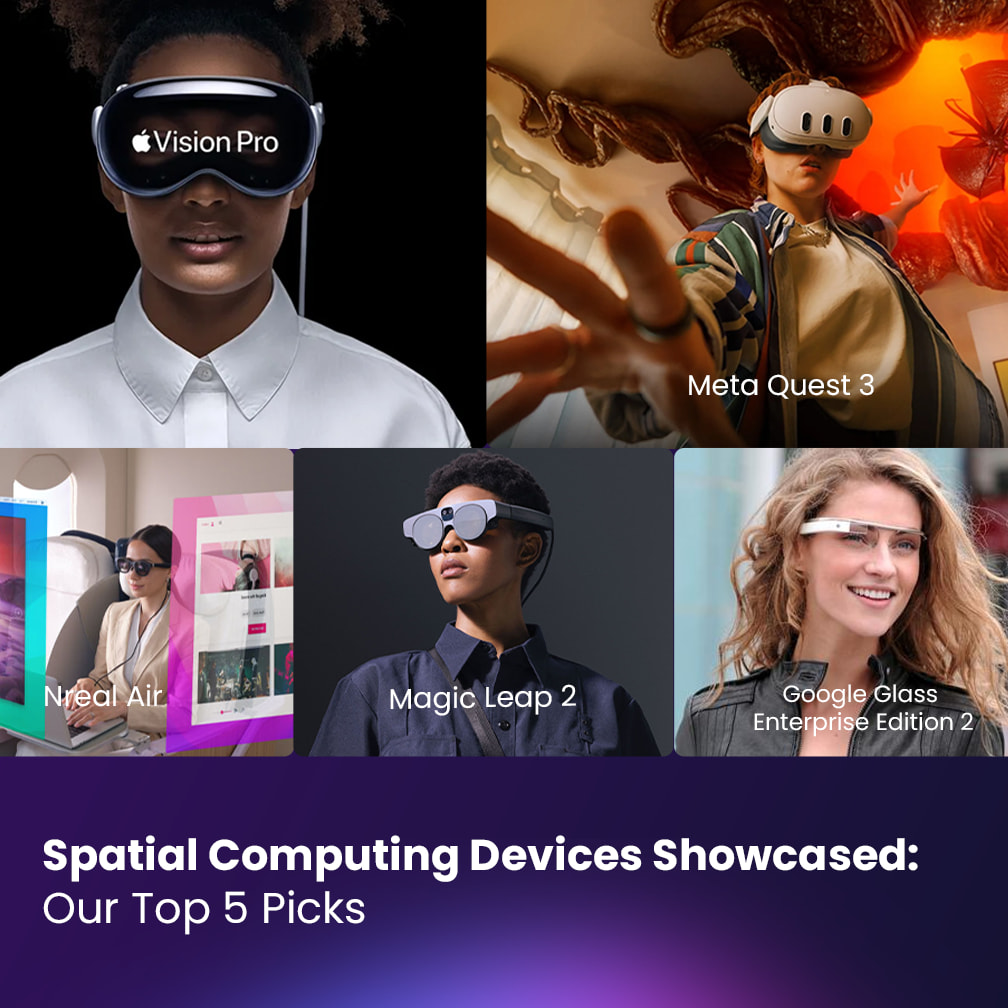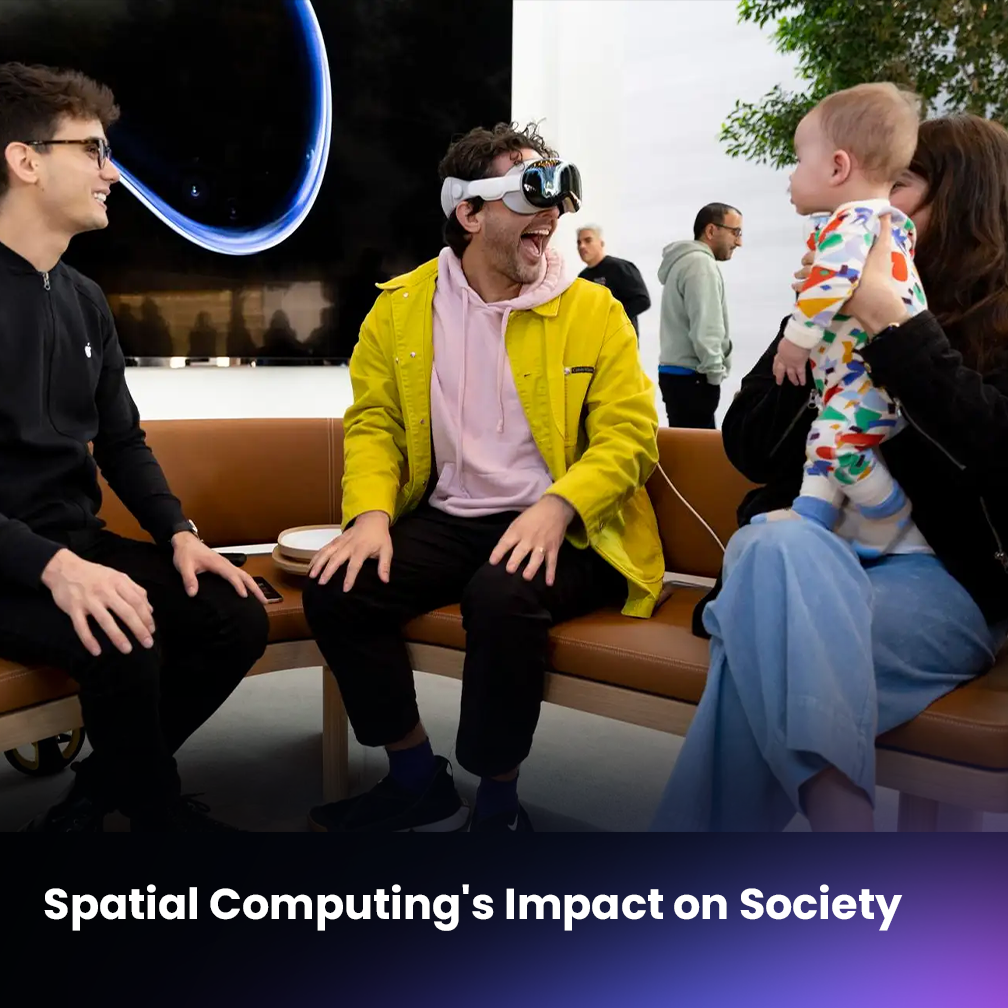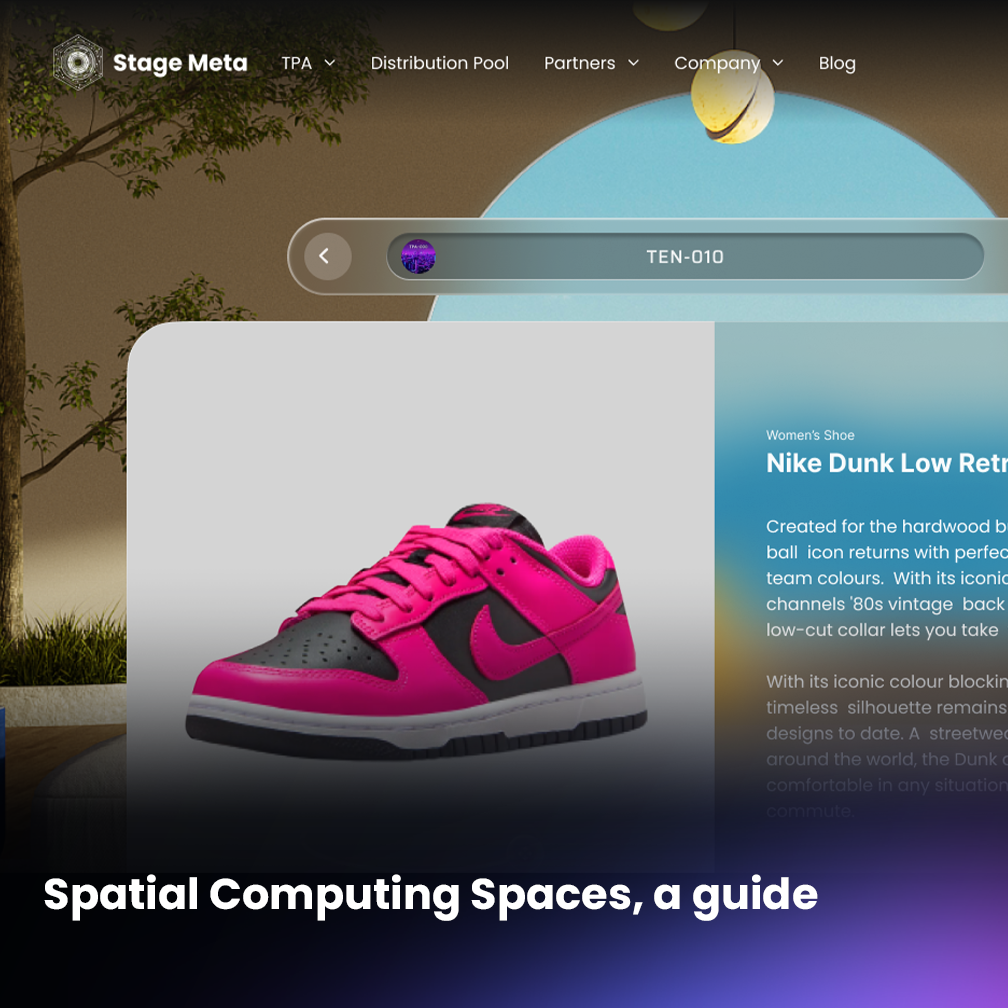Harnessing the Power of Immersion Within Spatial Computing
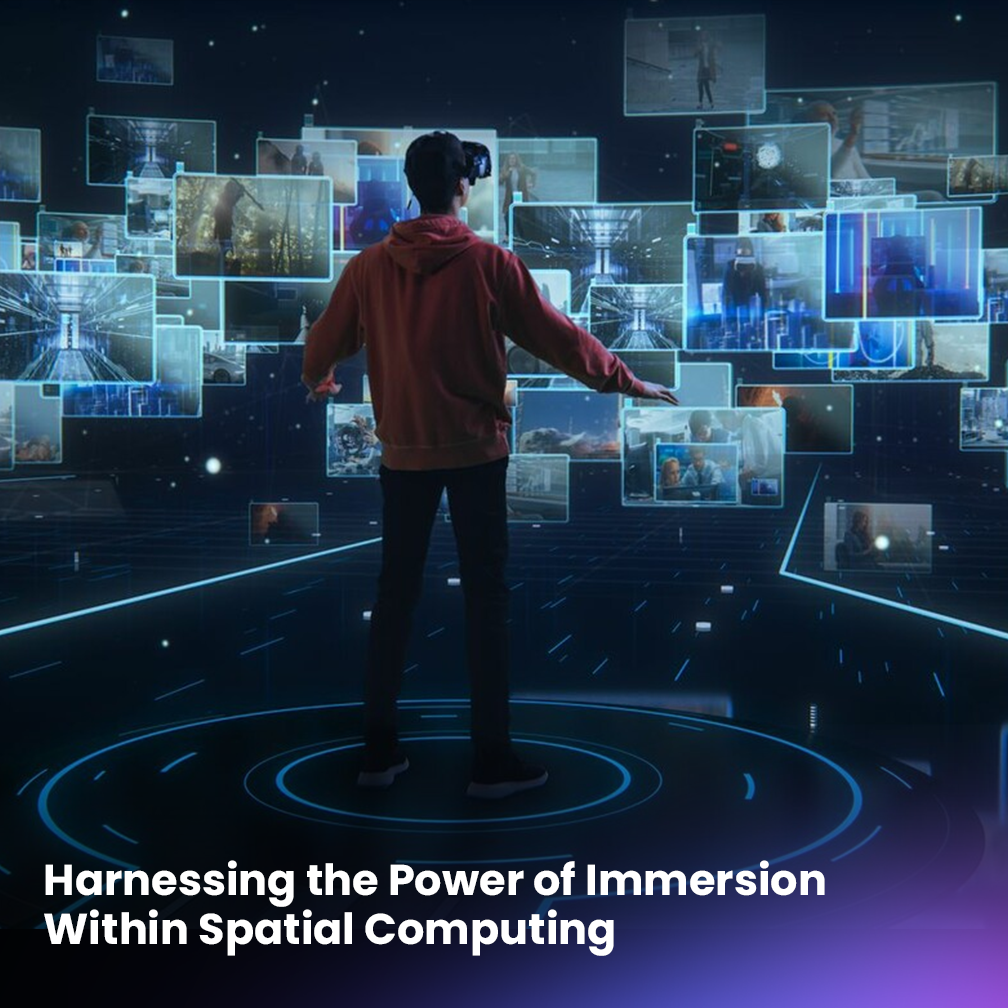
Spatial computing is a digital universe comprised of virtual worlds and realities that exist beyond our physical world. With immersive experiences within spatial computing becoming increasingly popular, it’s important to understand how to create an engaging experience that users can enjoy effectively. This blog post will discuss the importance of harnessing the power of immersion within spatial computing, exploring different ways to design an immersive experience tailored to a specific audience and offering tips on creating meaningful connections between users. Read on for more information about this exciting new frontier in interactive entertainment.
Defining Spatial Computing
Spatial computing is a digital universe comprised of virtual worlds and realities that exist beyond our physical world. It has been popularized by books, movies and video games, but its potential extends far beyond entertainment purposes. With technological advancements, spatial computing has become a platform for education, research and even commerce. It also provides an opportunity to create immersive experiences that engage users on all levels.
Developing an Immersive Experience
Creating an immersive experience within spatial computing starts with careful planning. This includes developing a narrative, creating interactive elements to maintain user interest and incorporating sound, graphics and animations that create a realistic atmosphere. The experience should also be designed with scalability in mind so that it can easily be adapted as spatial computing evolves.
When it comes to creating an immersive spatial computing experience, storytelling is key. A good story should captivate users’ interest and keep them engaged while they explore spatial computing. This can be accomplished by weaving in elements of mystery and surprise, as well as providing characters and situations with which users can relate. It’s also important to ensure that the narrative flows naturally from one scene to the next so that users don’t get lost or confused.
Spatial computing is constantly evolving, and new technologies are being developed to make immersive experiences within it even more engaging. Virtual reality, augmented reality and mixed reality are just a few of the technologies being used to create an immersive experience. Through these platforms, users can explore virtual worlds in ways that were not previously possible. By utilizing cutting-edge technology, spatial computing developers can create truly unique and captivating experiences that will entice users to explore deeper into spatial computing.
Building Relationships Between Users
In order for users to truly connect within spatial computing, it is important to provide them with opportunities to build relationships with each other and make meaningful connections. This could be done through a user-based chat system, as well as various social media/communication platforms.
In addition to creating an immersive experience within spatial computing, it’s also important to focus on building relationships between users. This can be accomplished through various methods such as chatrooms, forums and messaging services. By providing users with the opportunity to connect with one another, spatial computing experiences become more engaging and immersive. This allows users to share their thoughts and ideas with each other while exploring different areas of spatial computing, creating an even more fulfilling experience.
Exploring Different Areas of Spatial Computing
Spatial computing is constantly expanding, which provides users with an exciting opportunity to explore different areas and discover exclusive features or items that can only be obtained in certain locations. In order to make sure that users have access to these areas, developers should strive to create experiences that incorporate multiple platform support, allowing users from different spatial computing ecosystems to interact with each other.
Exploring different areas of spatial computing is key to creating a truly immersive experience. This can be accomplished through various tools such as virtual tours, exploration mini-games or location-based challenges. By allowing users to explore different parts of spatial computing, they are able to uncover new content that they may not have seen before. This can lead to a deeper understanding of how spatial computing works and can also provide insight into how it has evolved over time.
Spatial computing is ever-evolving and offers numerous opportunities for creating engaging, immersive experiences. By utilizing storytelling, leveraging the latest technologies and connecting users with one another, spatial computing developers can create truly unique experiences that will keep users coming back for more. With these tools in hand, spatial computing developers will be able to harness the full power of virtual worlds and realities to engage their audiences on an even deeper level. This can lead to new discoveries as well as meaningful connections between users who are exploring spatial computing together. The possibilities are endless and with careful planning we can all look forward to a future where immersive experiences within spatial computing become commonplace.
Conclusion
Immersive experiences within spatial computing are growing in popularity every day and offer a unique opportunity for users to explore and engage with virtual worlds and realities. By harnessing the power of spatial computing technologies, developers can create unique experiences that will entice users to explore further. Through storytelling and connecting users with one another, spatial computing developers are able to create truly captivating experiences that will keep users engaged for hours on end. Ultimately, spatial computing is an ever-growing platform that will provide users with a limitless number of opportunities to explore and create meaningful connections. With careful planning and creative thinking, spatial computing developers can look forward to a future where immersive experiences become commonplace.
